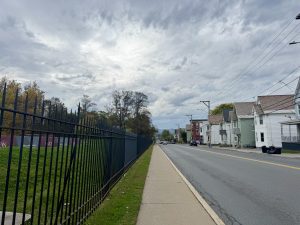Wood waste shows potential for making greener disinfectants
February 3, 2022
Researchers at Fudan University in Shanghai have developed a technique to produce a disinfectant from wood waste. The team, led by environmental engineer Shicheng Zhang developed a technique in which they cooked mixtures of water and sawdust for one hour under pressure and filtered the mixture. They tested their concoction against several bacteria, such as Staphylococcus epidermis, a skin bacteria that can cause infections in immunocompromised people, and E. coli, a gut bacteria that can cause foodborne illness. The disinfectant was successful at killing all of these. According to Science News, the disinfectant that Zhang and colleagues produced was able to knock out more than 99 percent of some disease-causing microbes, including anthrax and the flu. It may also be effective against spores, a formant form of bacteria that can be more difficult to kill.
The development of disinfectants from sawdust and wood waste signals towards a future for more sustainable sources of disinfectants. Widespread use of certain disinfectants can be environmentally damaging. Products that contain chlorine, such as bleach for example, can form dangerous by-products when they are combined with water. Some greener alternatives are made with chemical compounds called phenols, which can be costly and energy-intensive to make. However, wood contains many natural phenolic structures as part of the long, branching compounds that make up the cell walls. A chemical analysis of the disinfectant produced by Zhang and colleagues revealed that it contained high concentrations of phenol-like compounds. This is likely because the cooking of the wood waste broke many of the long molecular chains of interest, freeing up the antimicrobial phenolic molecules.







